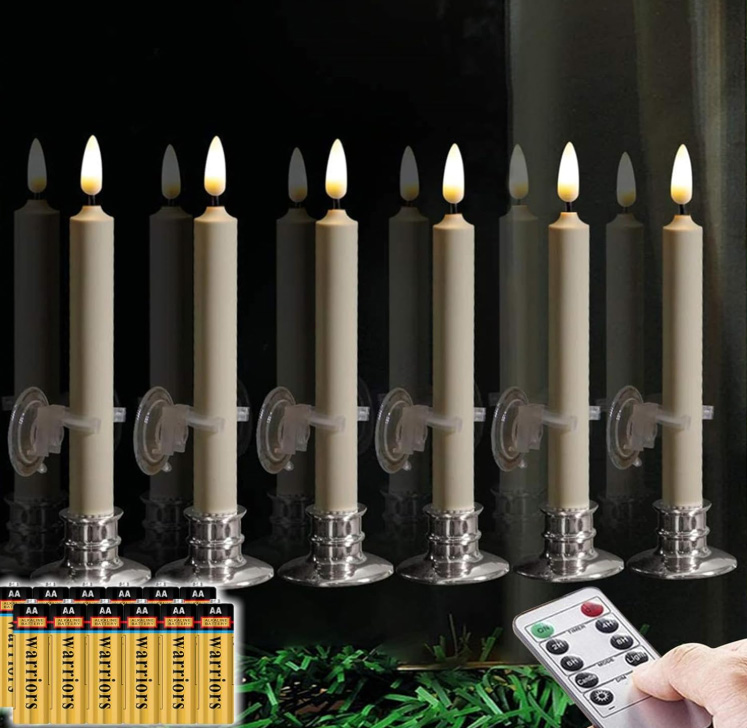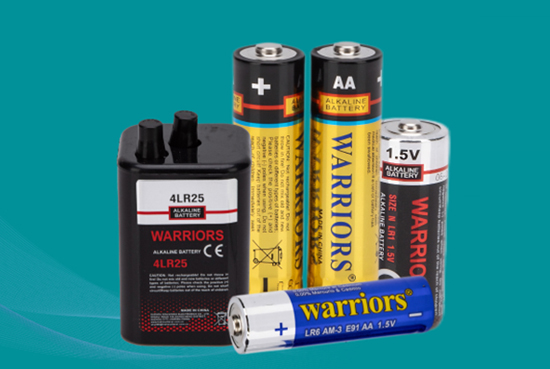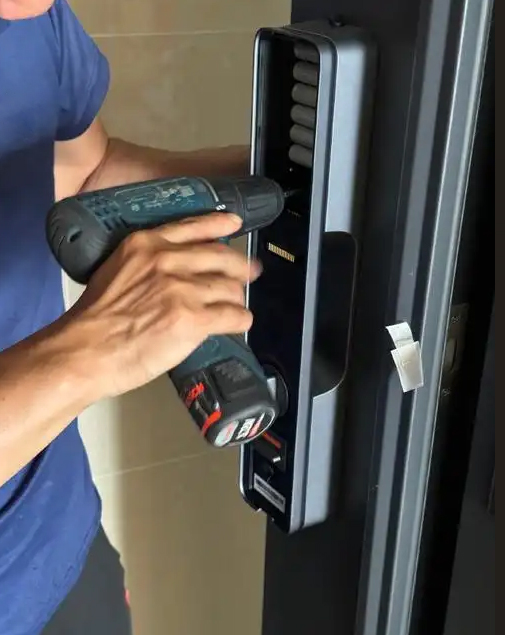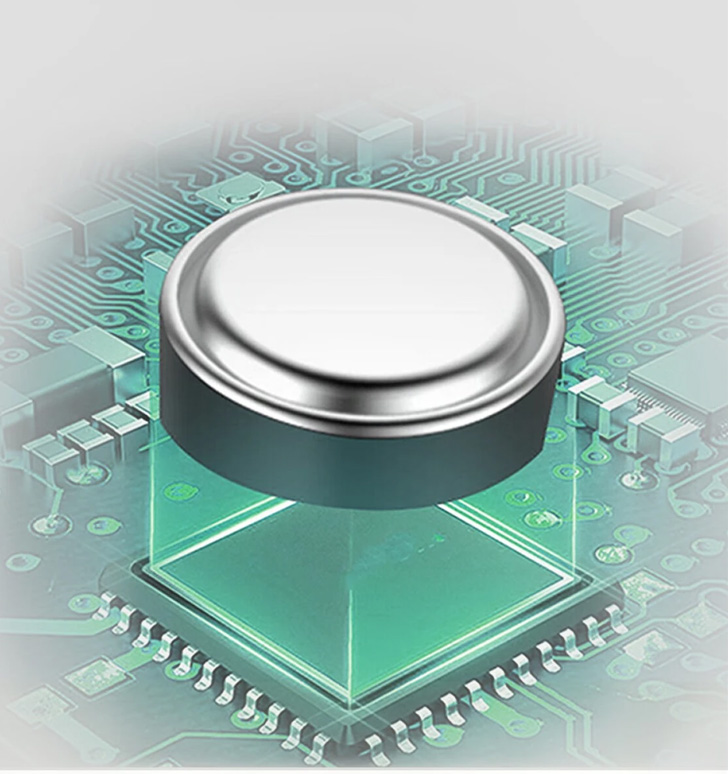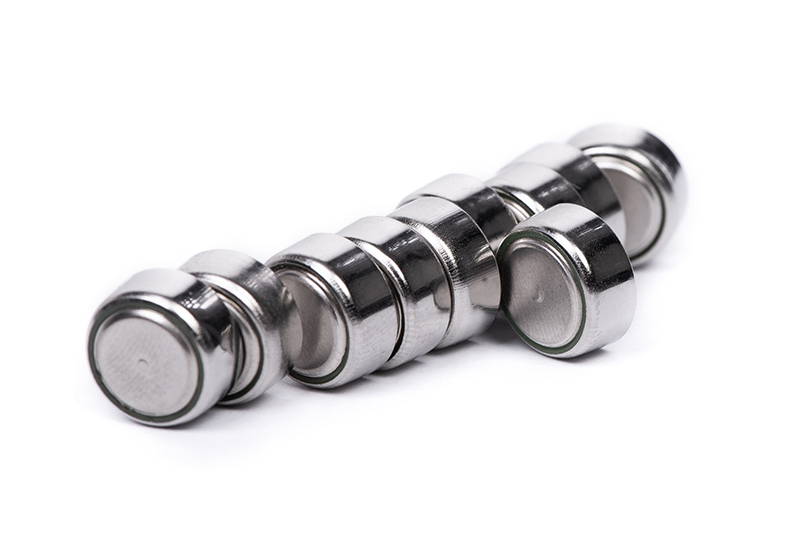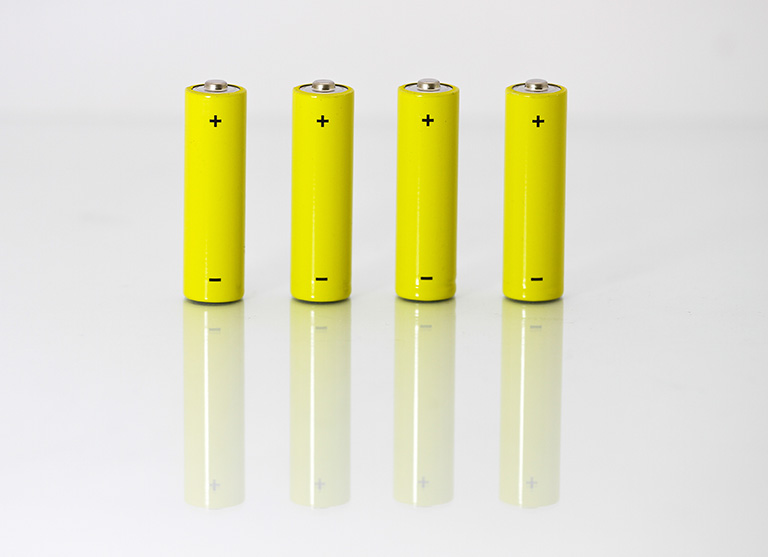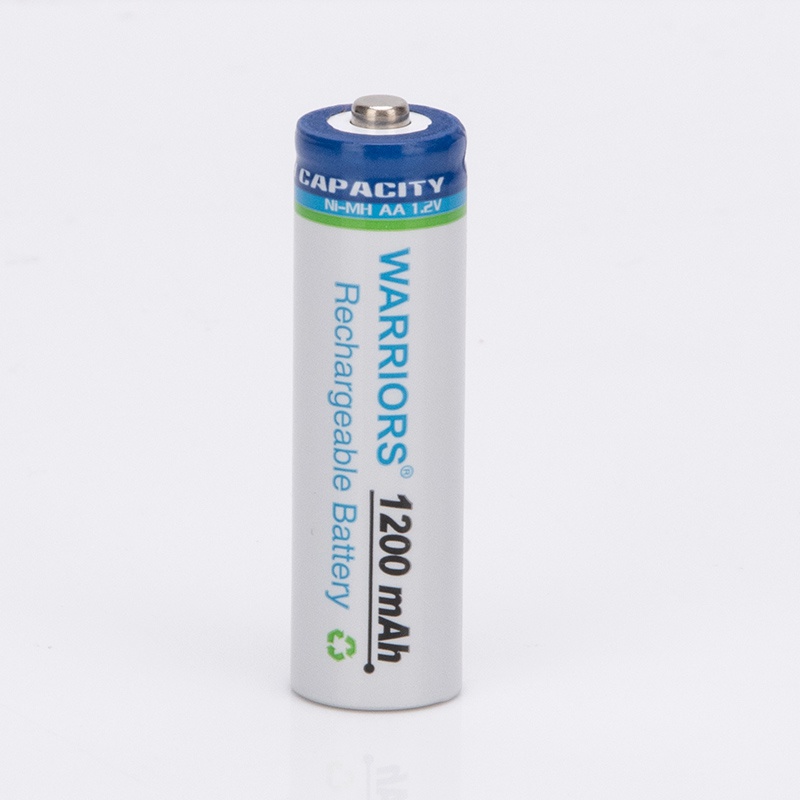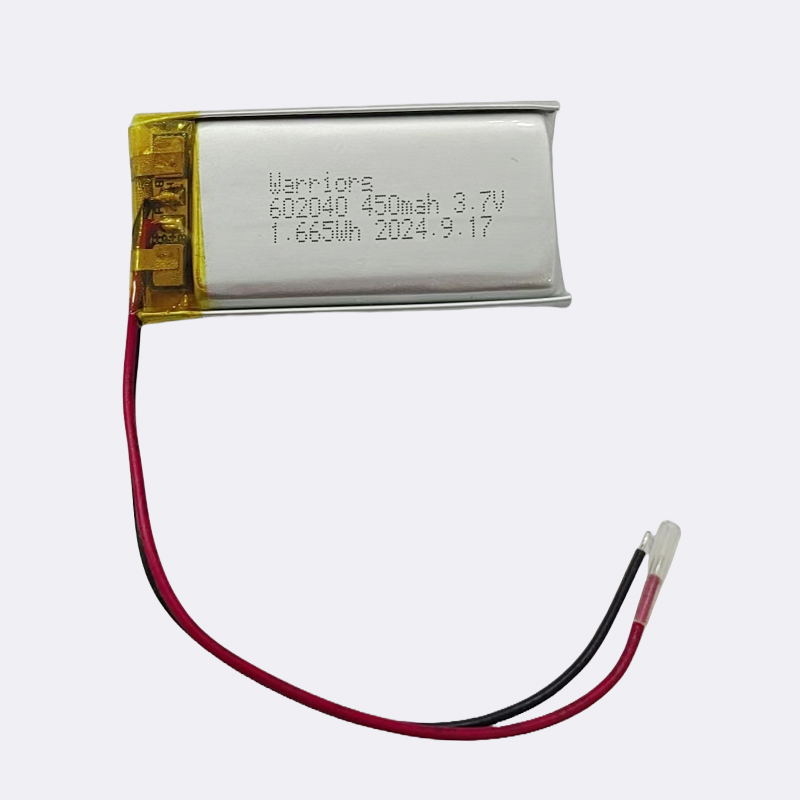Mar 05, 2025
Alkaline batteries are one of the most commonly used power sources in everyday electronic devices, from toys and flashlights to remote controls and smoke detectors. Despite their widespread use, many people are curious about the materials inside an alkaline battery and how they contribute to its performance, safety, and environmental impact.
At Warriors, we manufacture high-quality alkaline batteries with a focus on safety, performance, and sustainability. In this blog post, we will dive into the key materials used in the production of our alkaline batteries, including manganese dioxide, zinc powder, separator paper, sealing gel, graphite, copper pin, and steel casing. Understanding these materials helps explain why our Warriors alkaline batteries are known for their reliability and long-lasting power.
1. Manganese Dioxide (Electrolytic Manganese Dioxide)
Gabon manganese ore raw materials have low content of impurities such as antimony, excellent electrolysis process technology, long-term stable use, strict control of impurities such as copper and iron, which is conducive to long-term storage of batteries, and high effective EMD content.
At Warriors, we use high-quality electrolytic manganese dioxide to ensure that our batteries deliver reliable performance for extended periods, even under heavy use.
2. Zinc Powder
The zinc powder (Zn) is used as the negative electrode, or anode, in an alkaline battery. Zinc is highly reactive, and when it interacts with the electrolyte, it undergoes a chemical reaction that generates electrical energy. Zinc’s ability to react efficiently with the electrolyte makes it an excellent choice for the anode of an alkaline battery, contributing to the battery's high energy capacity and long service life.The Fe content of zinc ingot is ≤2ppm, the gas evolution performance is excellent, the atomization is strictly controlled, and the particle size is uniform.
At Warriors, we source premium zinc powder to ensure that our batteries achieve maximum power output and efficiency.
3. Separator Paper
In order to prevent short-circuiting and ensure the safe operation of the battery, separator paper is used to isolate the anode and cathode. The separator paper is made of a porous, non-conductive material that allows the flow of the electrolyte while preventing direct contact between the zinc and manganese dioxide. This ensures that the chemical reactions occur at the proper locations within the battery, improving performance and safety.
The thickness of the diaphragm paper is uniform, the liquid absorption is stable, the density is high, the toughness is good, the dendrites are not easy to penetrate and cause internal short circuits, and the long-term storage performance is excellent.
4. Sealing Gel
The sealing gel plays an essential role in protecting the internal components of the battery. It helps to prevent leakage of the electrolyte, ensuring that the battery remains safe and effective throughout its lifespan. The sealing gel also helps maintain the integrity of the battery casing, reducing the risk of external damage or contamination.
At Warriors, The resin matrix is environmentally friendly and has excellent weather resistance, which improves the battery's tolerance to temperature changes.
5. Graphite
Graphite is often used in alkaline batteries as a conductive material. It helps to improve the efficiency of the battery by enhancing the movement of electric current between the anode and cathode. Graphite is chosen for its excellent conductivity and stability, ensuring that the battery delivers consistent performance throughout its life.
Our Warriors batteries use high-purity graphite to enhance the electrical conductivity and efficiency of the battery, ensuring reliable power delivery in any device.
6. Copper Pin
The copper pin is used as a terminal in the battery to connect the anode and cathode to the external circuit. Copper is an excellent conductor of electricity, which allows the battery to transfer electrical energy efficiently to the device it powers. The copper pin is critical in ensuring that the battery operates efficiently and that the power is delivered to the device as needed.
In Warriors batteries, H62A copper rod is selected for processing, with high dimensional control accuracy and excellent indium plating process, which can effectively suppress the amount of gas evolution inside the battery after packaging.
7. Steel Casing
The steel casing is the outer shell of the battery, which protects the internal components from physical damage and environmental factors. Steel is chosen for its strength, durability, and resistance to corrosion, making it the perfect material to safeguard the battery’s contents. The casing also helps to maintain the structural integrity of the battery, even when exposed to harsh conditions.
At Warriors, we use strict steel belt selection, reducing the sand hole rate. Excellent electroplating process, strong conductive agent adhesion, conducive to long-term storage of batteries. Visual inspection system, high factory yield rate, excellent size control.
Why Choose Warriors Alkaline Batteries?
At Warriors, we take great pride in producing alkaline batteries that are safe, high-performing, and eco-friendly. By using premium materials such as manganese dioxide, zinc powder, separator paper, sealing gel, graphite, copper pin, and steel casing, we ensure that our batteries deliver long-lasting power and reliable performance. Our batteries are rigorously tested to meet international safety standards and are free from harmful chemicals such as mercury.
Here are a few reasons why Warriors alkaline batteries are the best choice for your devices:
High Performance: Our carefully selected materials, like high-quality manganese dioxide and zinc powder, ensure that our batteries provide maximum energy output and efficiency.
Leak-proof Design: The advanced sealing gel and separator paper help prevent leaks and maintain the integrity of the battery throughout its lifespan.
Durability: The steel casing and copper pin provide excellent protection and electrical conductivity, ensuring reliable power delivery.
Eco-friendly: Our batteries are free from mercury and other harmful substances, making them safe for both you and the environment.
Choose Warriors for safe, high-quality, and eco-friendly alkaline batteries. Visit our website today to learn more about our products or to place an order!
Read More
